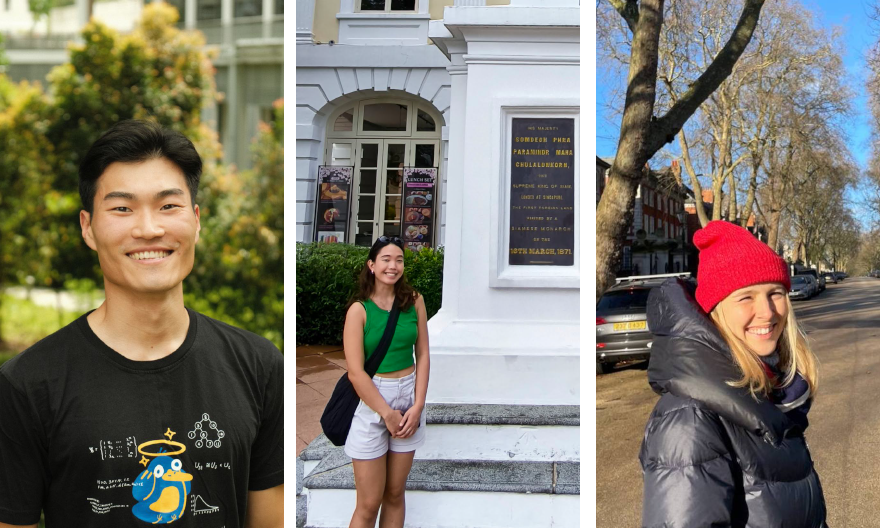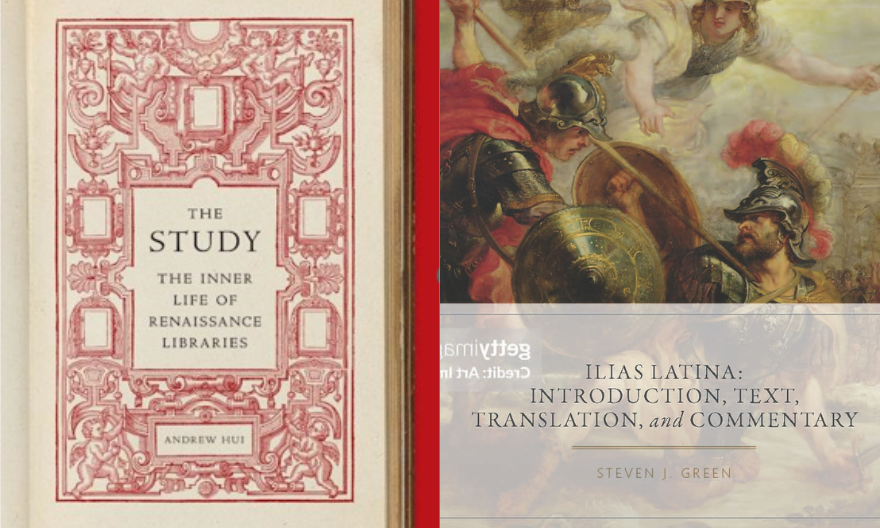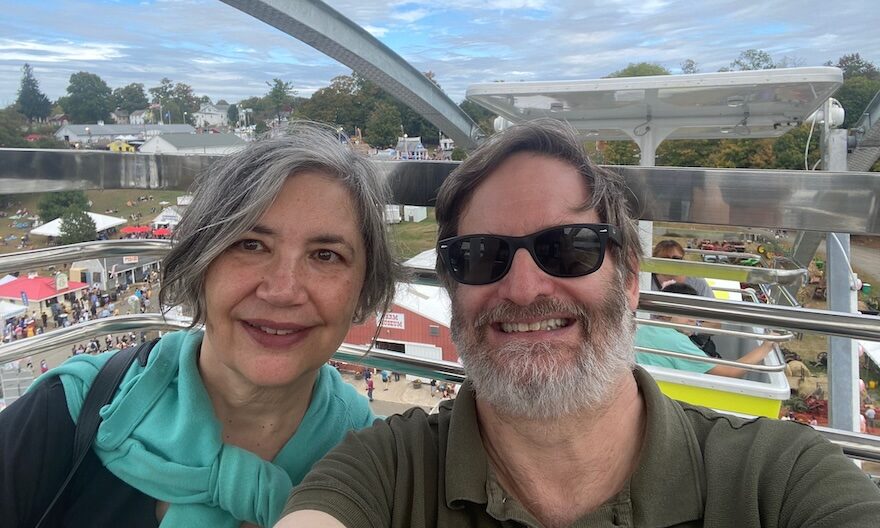Capstone projects from the Class of 2025
Graduating seniors discuss how personal passions, artistic journeys, and academic legacies shaped their capstone projects
As part of Yale-NUS College’s curriculum, every student completes a capstone before their graduation. A capstone is a year-long, self-directed research project, and students often embark on a capstone research topic they are passionate about.
Jeff Winxin (Class of 2025), a Life Sciences major, knew that he wanted to write his capstone on substance abuse and addiction since he entered Yale-NUS College in 2021. “I knew I wanted to study the mechanisms of addiction since high school because it was highly stigmatised in the Philippines,” he shared. “Addiction is a neurobiological problem, and I was saddened that our country was using force instead of science-based interventions like therapy to rehabilitate addicted individuals.”
Jeff’s capstone project, titled “Streamlining Investigations of Neurogenetics of Substance Dependence and Comorbid Mental Health Disorders using Zebrafish: Examining the Role of OPRM1”, examined zebrafish models to study substance addiction and comorbid health disorders in the brain. His research focused on disrupting the OPRM1 gene, an opioid receptor in the brain that affects behavioural and molecular responses to nicotine and alcohol. Although previous research has concluded that disrupting the OPRM1 gene alters alcohol addiction preferences, Jeff notes that his “findings indicate that this gene affects nicotine addiction as well”.
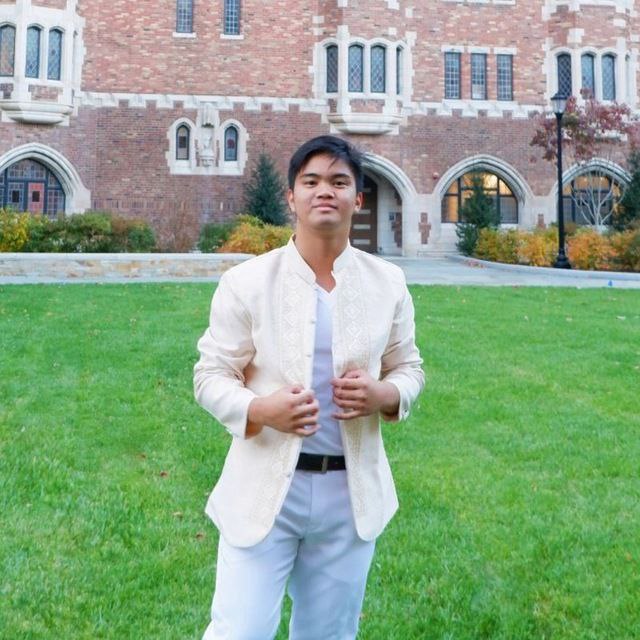 Jeff Winxin. Image Provided by Jeff Winxin for Yale-NUS College.
Jeff Winxin. Image Provided by Jeff Winxin for Yale-NUS College.
Jeff started research into addiction in his first year, when he was accepted into Associate Professor of Science (Neuroscience) and Head of Studies (Life Sciences) Ajay Sriram Mathuru’s Mechanisms Underlying Behaviour Lab. In addition to learning from other lab mates, he was able to use custom built technologies, such as the HCRTM RNA-FISH automated system (RAM-FISH), to conduct research.
After graduation, Jeff hopes to continue this research and develop his science communication techniques to raise awareness about the importance of science-based interventions in addiction rehabilitation.
For Kirsten Kin (Class of 2025), an Arts and Humanities Major, the capstone provided the perfect opportunity to rediscover old interests through new mediums of expression. Her capstone, an art installation titled “Between Realities”, used textile-based multimedia work to reimagine space and childhood memory. “My work positions nostalgia as a framework through which imagination takes root, where the exposure of the self may thus emerge as a transformative gesture to liberate,” shared Kirsten.
“In the reclamation of the archival photo, memory and history are anchored within the landscape of comfort through the act of stitching. Drawing from the language of garments, buttons serve as symbols of vulnerability, reflecting the tension between concealment and exposure.”
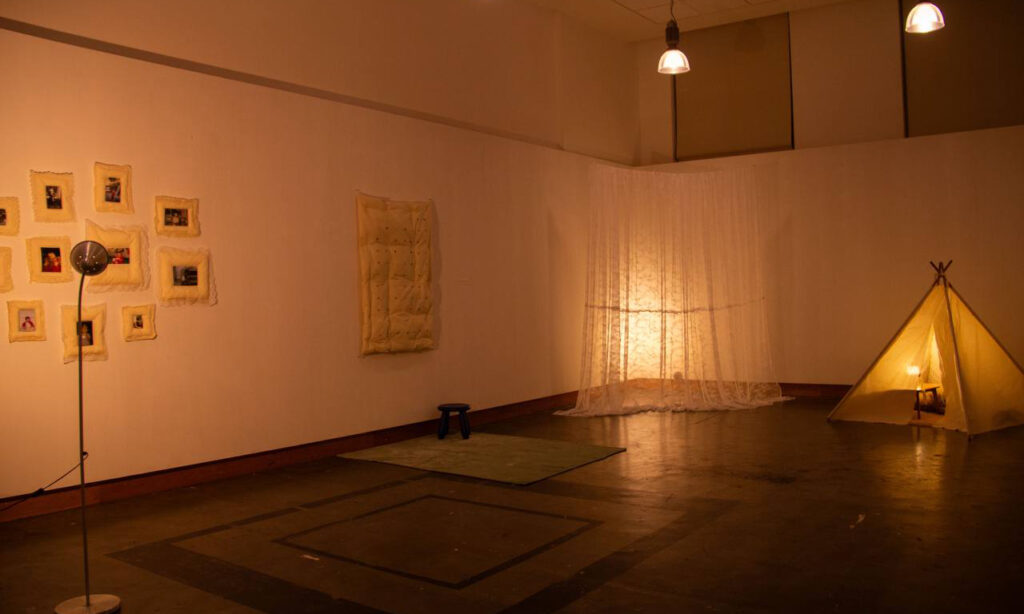 The “Between Realities” art installation. Image provided by Kirsten Kin for Yale-NUS College.
The “Between Realities” art installation. Image provided by Kirsten Kin for Yale-NUS College.
Despite her long-standing interests in exploring concepts of vulnerability, comfort, and safe spaces, Kirsten initially struggled to determine the medium through which she wanted to communicate her vision, beginning with an examination of portraits of queer youth in their safe spaces.
“I felt quite disconnected from the photos and craved more depth and nuance in my work, and after a lot of thought and consideration I decided to completely pivot my project to explore the concept of comfort and vulnerability itself through the medium of textiles,” Kirsten said, sharing that she hopes to focus on the interplay of space, texture, and light in future installation works.
When Xinyi Huang (Class of 2025) embarked on her capstone, she knew she wanted to pay homage to the Yale-NUS classes that nurtured and inspired her interests in multi-species ethnography and healthcare. As an Anthropology major, she decided to focus her ethnography on a ubiquitous insect within the Singapore habitat – the mosquito. Her capstone, “Fighting Dengue, Feeling Mosquitoes: The Politics of Dengue and Human Mosquito Relationality in the Garden City”, examined Singapore’s dengue containment programme, Project Wolbachia, an initiative which aims to reduce the dengue vector, Aedes aegypti, by releasing male mosquitoes carrying the Wolbachia bacteria in public. Xinyi’s ethnographic field sites ranged from Singaporean neighbourhoods to scientific laboratories and a notable excursion to the 8th International Dengue Workshop held in Singapore, where she learned how mosquitoes shape and are shaped by human interactions.
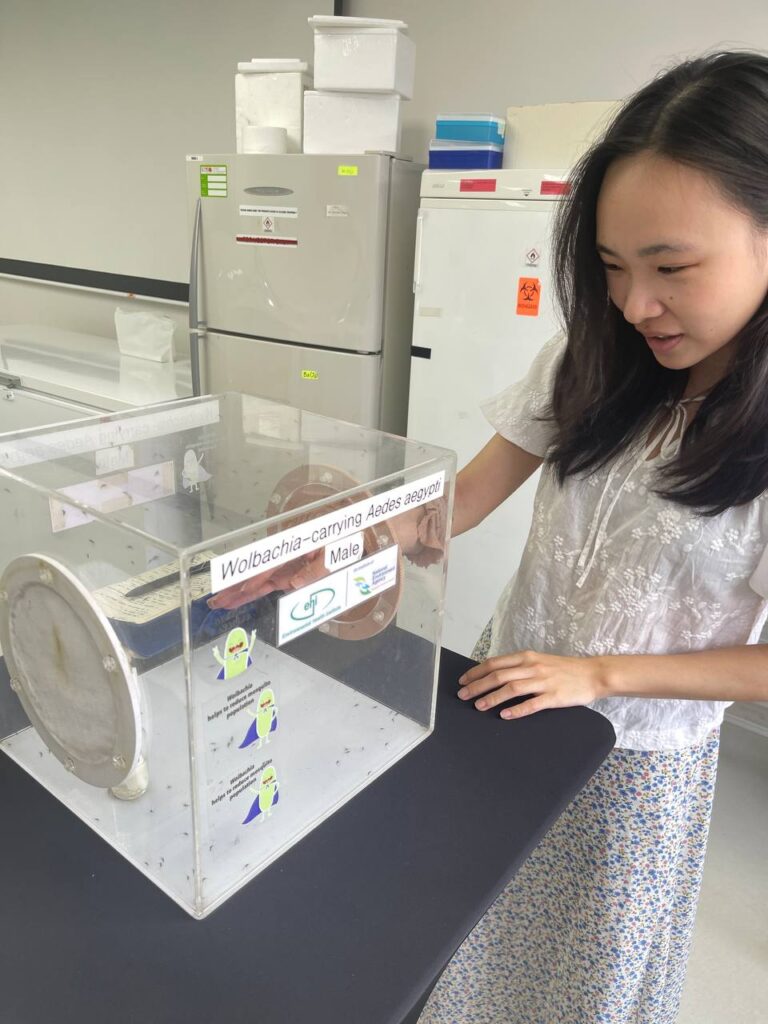 Interacting with mosquitoes: Xinyi on an ethnographic excursion. Image Provided by Xinyi Huang for Yale-NUS College.
Interacting with mosquitoes: Xinyi on an ethnographic excursion. Image Provided by Xinyi Huang for Yale-NUS College.
Surprisingly, Xinyi found a disparity between State-proffered narratives of mosquitoes as a moral healthcare concern, and the everyday interactions between Singaporeans and mosquitoes. While Project Wolbachia engaged with mosquitoes through novel bio-technological interventions, local Singaporeans used humour and satire to interact with mosquitoes, demonstrating a contrast with the State’s approach.
“There’s a song that has a humorous take on the mosquito problem in Singapore – and that song is a parody of the National Day Parade song ‘Home’,” Xinyi explained, recalling conversations with locals about the prevalence of mosquitoes in their neighbourhoods, noting that “people defend this satire because they say this is their home, even if it is infested with mosquitoes. I think that’s really interesting”.
Xinyi’s approach to her capstone was heavily shaped by the methods she learnt in a Multispecies Ethnography class taught by Assistant Professor of Social Sciences (Anthropology) Stuart Strange, as well as discussions with her capstone advisor Assistant Professor of Social Sciences (Anthropology) Zachary Howlett and fellow seniors in the anthropology major. “I want to take this space to thank everyone who’s spoken to me and to all the connections that I’ve been able to make,” Xinyi shared.
For Yale-NUS College’s class of 2025, the capstone was more than a thesis – it was a culmination of the values that brought them to this unique institution. From a determination to tackle difficult questions to the courage to explore unfamiliar mediums of expression, students found ways to honour their academic journeys and the community that shaped them. Their capstones reflect the spirit of inquiry, creativity, and care that defines Yale-NUS, paying tribute to the classes, conversations, and connections that will continue to resonate long after the campus closes its doors.

